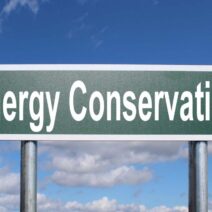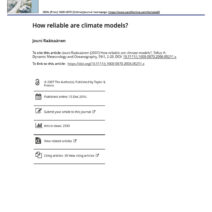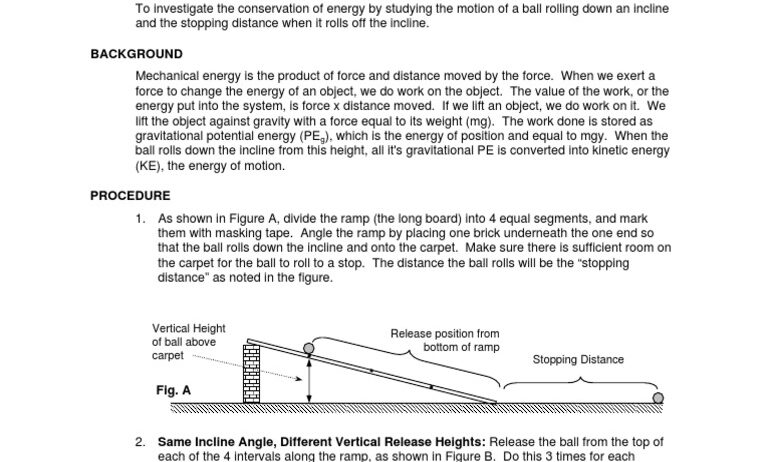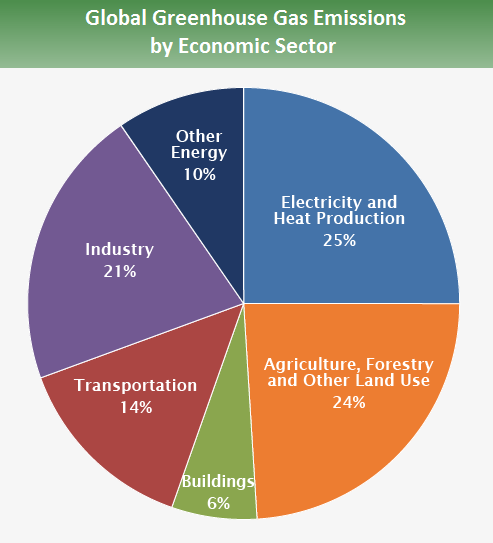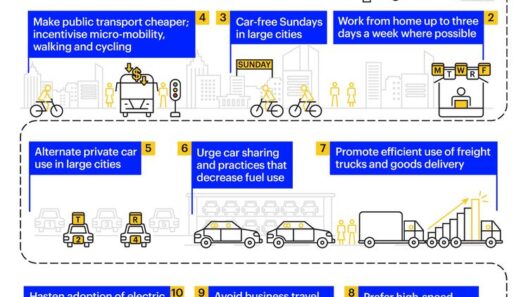In the realm of exercise physiology, the mechanisms by which leg muscles utilize conservation of energy play a pivotal role in enhancing performance and efficiency. Understanding these principles draws from various fields such as biomechanics, biochemistry, and physiology. This exploration is particularly relevant for athletes, fitness enthusiasts, and anyone curious about maximizing physical potential.
To begin, clarifying the concept of conservation of energy in the context of human movement is essential. The law of conservation of energy stipulates that energy cannot be created or destroyed; it merely transforms from one form to another. In human biomechanics, this transformation is crucial during activities such as walking, running, and cycling. Muscles convert stored chemical energy from ATP (adenosine triphosphate) into mechanical energy, facilitating movement while minimizing energy expenditure.
Leg muscles consist primarily of two fiber types: slow-twitch fibers (Type I) and fast-twitch fibers (Type II). Slow-twitch fibers are more efficient regarding energy conservation. They rely primarily on aerobic metabolism, which uses oxygen to convert nutrients into energy, allowing prolonged activity with less fatigue. Conversely, fast-twitch fibers are geared towards short bursts of high-intensity activity, utilizing anaerobic metabolism, yet they tend to deplete energy reserves quickly.
During aerobic exercises, such as distance running or cycling, leg muscles engage in a process called muscle synergy. This phenomenon occurs when multiple muscle groups work collaboratively to perform a task with optimal efficiency. The coordination of various muscle groups reduces the overall energy expenditure required for motion. For instance, when running, the quadriceps and hamstrings cooperate seamlessly to facilitate the leg’s forward swing while the calf muscles manage propulsion during toe-off.
Another significant aspect of energy conservation in leg muscles is the elastic energy stored in tendons and musculature. When the body encounters gravitational forces during exercise, leg muscles and associated tendons stretch, storing potential energy. This elastic energy can be reused, allowing muscles to conserve ATP by leveraging this kinetic energy during the push-off phase of running or jumping. This mechanism highlights the economy of energy use—essentially recycling energy that would otherwise be wasted.
Moreover, the concept of the stretch-shortening cycle (SSC) contributes to energy conservation significantly. This biomechanical model explains how muscles can store elastic energy in the eccentric phase (when the muscle lengthens) and release it during the subsequent concentric phase (when the muscle shortens). For example, during a jump, the leg muscles undergo a rapid lengthening before contracting powerfully upward. This process not only enhances performance but also underscores the importance of training techniques that promote efficiency in energy use.
Fatigue poses a challenge to energy conservation during prolonged exercise. Muscle fatigue leads to a breakdown in efficiency, with the body requiring a greater energy input to maintain performance levels. This effect is often seen during extended workout sessions or in competitive scenarios. Consequently, understanding how fatigue impacts energy conservation can aid in developing effective training regimens that manage fatigue levels, enhancing overall performance.
Incorporating strength training into exercise regimens offers a potent mechanism for enhancing energy conservation. Resistance training strengthens muscle fibers and connective tissues, improving muscular endurance and power output. By increasing muscle cross-sectional area (hypertrophy), resistance exercises promote efficient energy use, allowing for better workload management during aerobic and anaerobic activities.
Moreover, the physiological adaptations to consistent aerobic conditioning play a significant role in energy conservation. Enhanced capillary networks improve blood flow, elevating oxygen delivery to working muscles. The resulting metabolic adaptations allow for a greater reliance on aerobic pathways, resulting in decreased reliance on anaerobic energy stores. Over time, this shift leads to improved stamina and a substantial reduction in perceived exertion during physical activity.
Another facet of energy conservation in the lower body during exercise includes the deliberate choice of exercise surfaces. Running on softer surfaces, such as grass or sand, inherently absorbs more energy compared to harder surfaces. While this can be beneficial for reducing impact and risk of injury, it also requires a calculated adjustment in energy expenditure. Athletes mindful of their training environment can effectively manage their energy budgets, enhancing balance between training load and recovery.
Additionally, the biomechanics of gait play an instrumental role in energy efficiency. The body’s configuration, such as stride length and cadence, significantly influences how energy is utilized during exercise. Studies have shown that optimal stride lengths that accommodate individual biomechanics contribute to effective energy conservation, thereby enhancing endurance performance in activities such as running and cycling.
In summary, various components underscore how leg muscles employ conservation of energy during exercise. Understanding muscle fiber types, energy transfer mechanisms, and biomechanics all contribute to optimizing performance. Incorporating strategies such as strength training, monitoring fatigue, and mindful training environments can further enhance efficiency during movement. Ultimately, those who engage with these principles can cultivate sustainable practices that benefit their physical capabilities while preserving energy consumption—a vital aspect of fitness and environmental sustainability. Through continued exploration and application of these methodologies, athletes and active individuals can maximize both performance and environmental stewardship.
